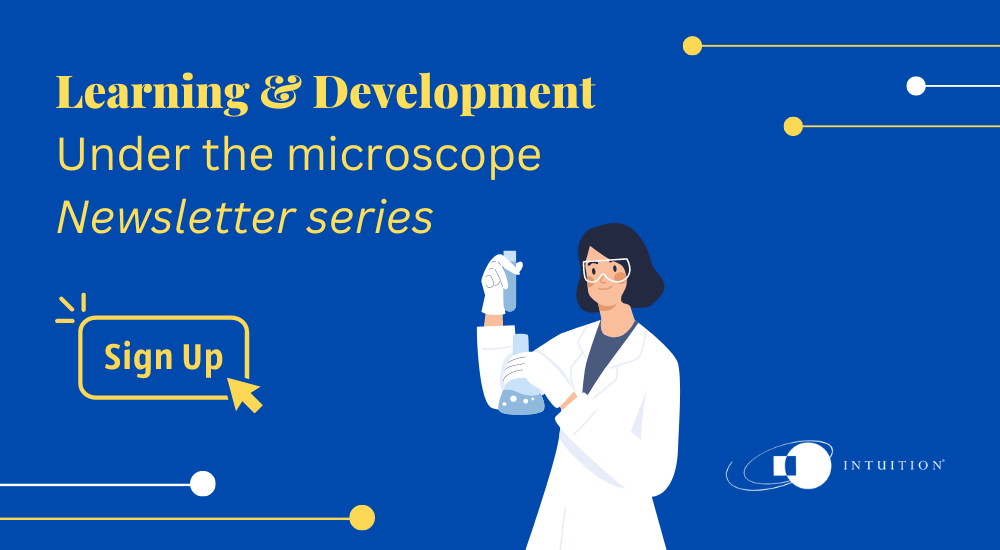How to Educate HCPs in the Digital World: 4 Strategic Considerations
Through the other side of Covid has emerged a new pharmaceutical playground, unfamiliar to the once traditional frameworks and established channels of success.
The context of relationships and business transactions stoked between physicians and pharma companies has transformed dramatically.
Sales reps who once crutched their product briefs on the F2F interactions available to them, have instead had to take stock of what the future will look like.
In this new world, emerging technologies and digital communication channels hold their interactions ransom, for better or worse.
Alcon Experience Academy: Delivering a Global HCP Engagement Platform
Pharma’s access to HCPs dropped by 57% between 2020 and 2021. A statistic more telling of the situation we find ourselves in than perhaps any other.
The HCP engagement/education model looks very different these days. Despite there being an equal, if not greater appetite for educational material, the delivery mechanisms required to meaningfully translate that content has become the defining characteristic of success.
The proliferation of speciality and more complex medicine has created an information boom.
HCPs are only as well equipped to communicate these advancements, as educational resource providers are to translate them into forms of engaging content.
In this article we will discuss some of the implications of this shift and what digital strategies might look like in response.

Educating and engaging – two sides of the same coin
Companies need to bridge the gap between what they have to offer and what HCPs need. Establishing this is one thing, while communicating it effectively represents something else entirely.
The future of HCP engagement is digital first, and sales rep second. At the same time, it’s the demand for unbranded medical educational materials that’s driving this push.
Physicians require more intuitive solutions, which streamline interactions and cut down on the traditional face-to-face cost of concerted sales pitches.
The list below outlines strategy considerations that reflect these changes and the efforts made by organizations to meaningfully enact them:
- Starting with the customer: Organizations need to identify a consumer profile that informs their content strategy. It is essential teams develop an in depth understanding for the physician pathway in both a qualitative and quantitative sense. Using this information at a granular level can help educate a professional understanding for how best to engage HCPs in terms of timing and technology. At an individual level, different physicians engage more purposefully with different kinds of communication channels.
- Developing an effective digital communication strategy: Establishing patterns of success and building out reliable solutions means parsing between what works and what doesn’t. Delivering content effectively will require a consideration for all kinds of digital tools. Whether that means using short, engagingly formatted videos, or introducing elements of gamification and higher resolution interactions.
- Content comes first: The need to engage HCPs with the correct content delivery tools is essential, but the value of that content and what it says is arguably even more paramount. High quality information needs to inform delivery strategies, and not the other way around. Regardless of the mechanics, or the incumbent systems that translate content, it’s the quality of information within that which will inform decisions and learning pathways going forward. Understanding this and prioritizing the difference will always prove crucial in how well organizations engage and educate their consumer segments.
- Data is King: Analytics have transformed our understanding for how to meaningfully measure the difference between effective intervention and sunk cost. Uncovering consumer interactions at an individual level, and mapping that against the same style of interactions within a large population, can help generate insights that inform strategy. Generating user insights and measuring their impact requires a level of data management that is quickly becoming a prerequisite for success in all use cases.

Conclusion
Digital preparedness is a delicate way of saying organizations need to adapt to the times, which is of course the case, but at the same time neglects to paint the whole picture.
In the past two years, we have witnessed an acceleration toward digital that has strong-armed companies into making these adaptations.
Organizations need to align their strategies with their capabilities, refreshing their approach to education and engagement in a way that gives value back to both sides of the transaction.
Time will tell of who stands out as best in class, and who pushes the needle further as the science improves and the demand placed on educational resource providers intensifies.


